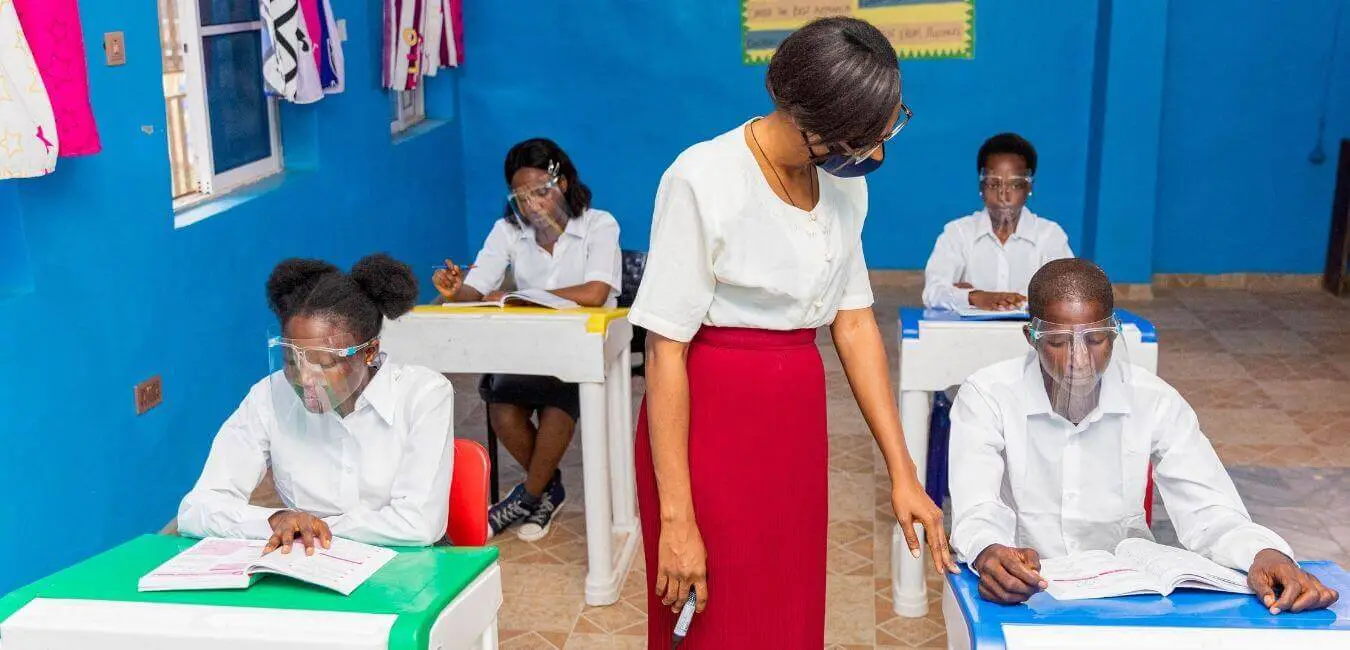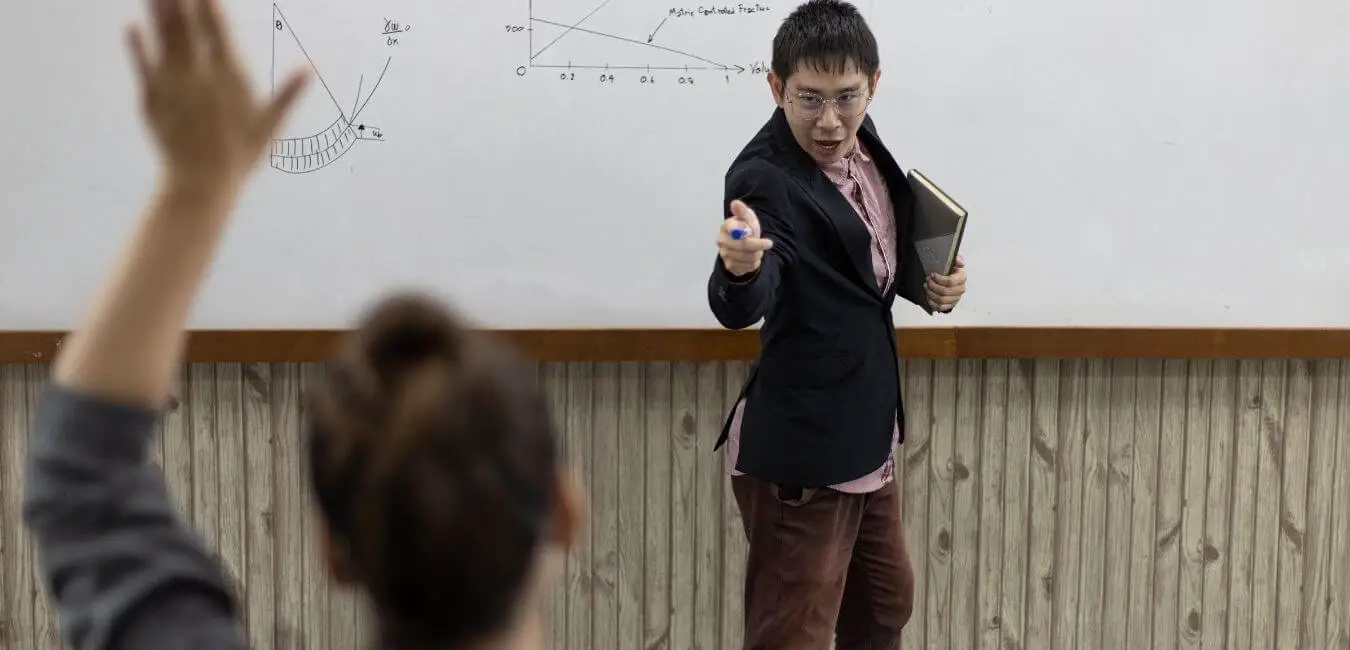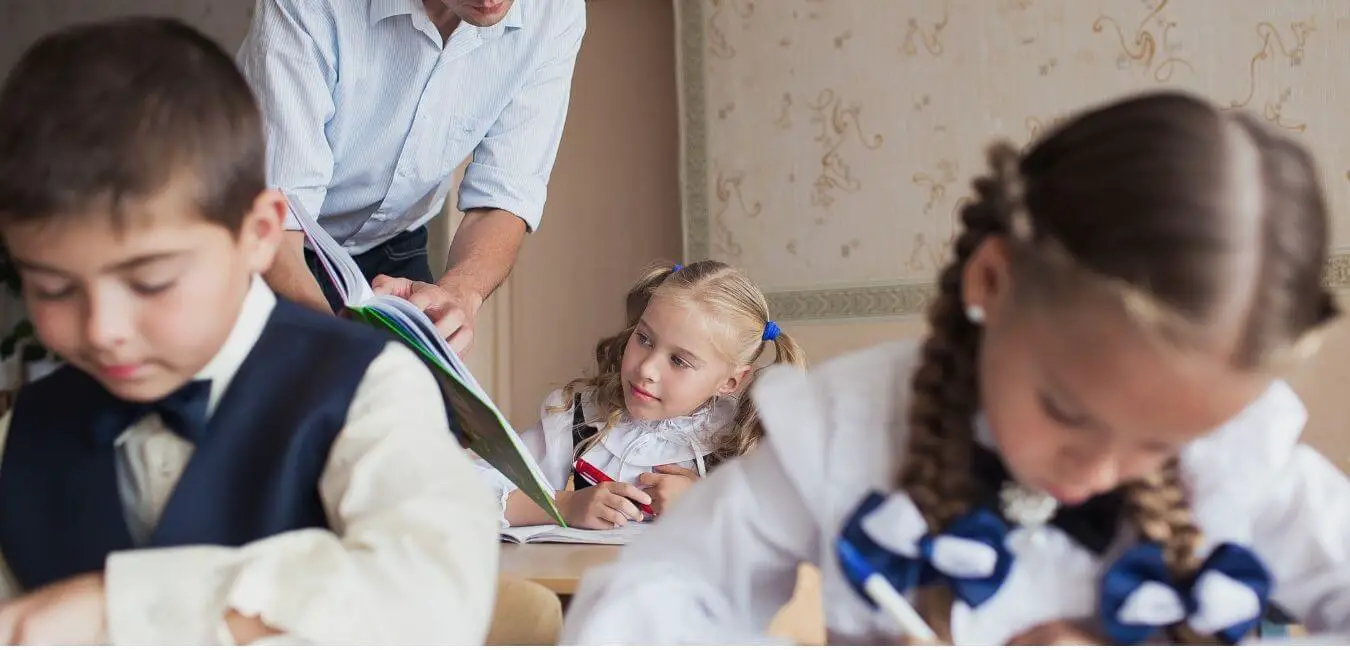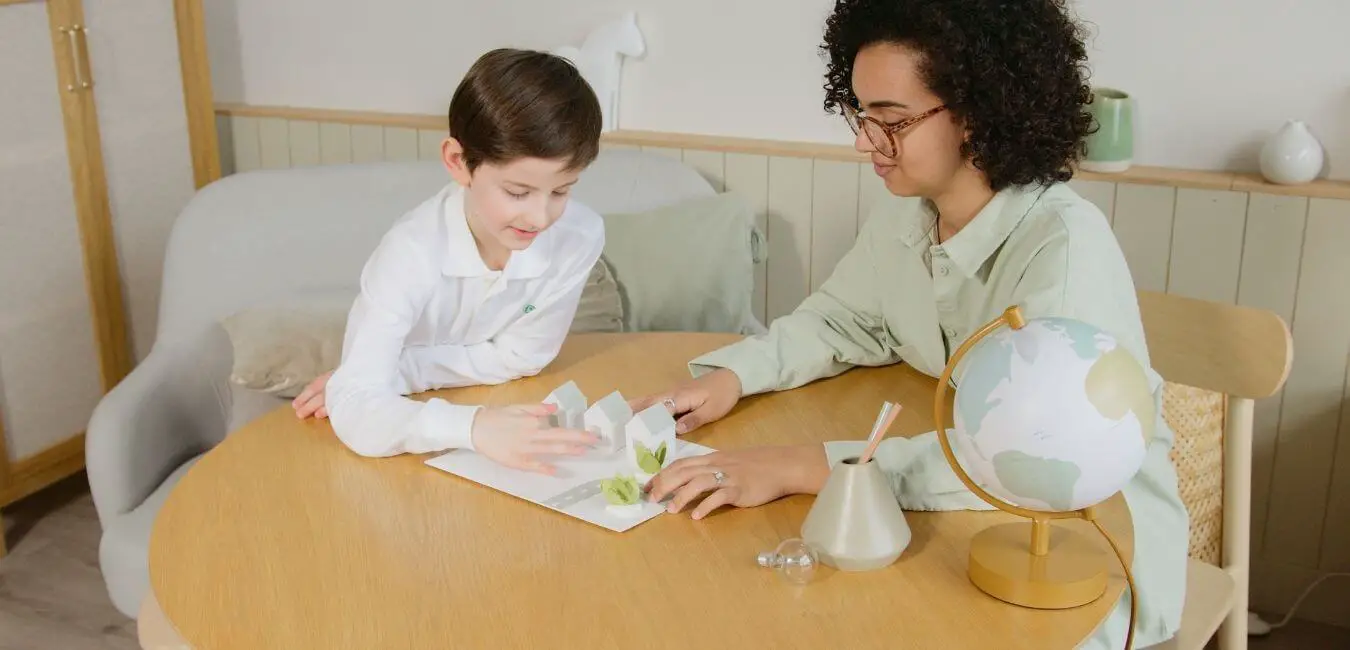What Should Teachers Not Say to Students?
“As a teacher, you’ll be in the trenches with students every day. You may notice that there are some phrases you should refrain from saying to your student.” This blog post will teach or remind teachers how they can avoid triggering negative feelings and emotions in their students. Teachers need to know what not to…










